Midnight, strange mystic hour, when the veil between the frail present and the eternal future grows thin
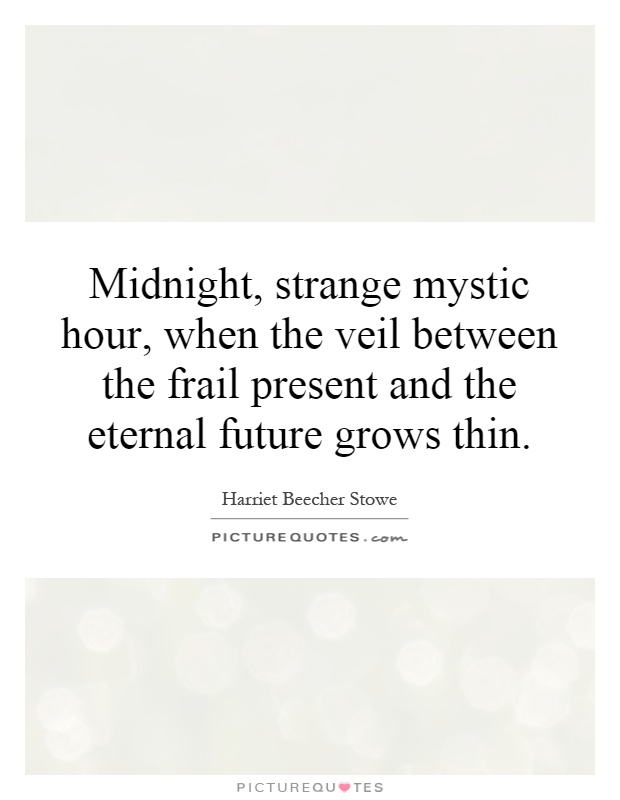
Midnight, strange mystic hour, when the veil between the frail present and the eternal future grows thin
Harriet Beecher Stowe, the renowned author of the anti-slavery novel "Uncle Tom's Cabin," was a woman who was deeply attuned to the spiritual and mystical aspects of life. Her writing often reflected her belief in the interconnectedness of all beings and the presence of unseen forces at work in the world. It is no surprise then that the concept of midnight as a "strange mystic hour, when the veil between the frail present and the eternal future grows thin" would resonate with her.In Stowe's time, the midnight hour was often associated with mystery and magic. It was believed that during this time, the boundaries between the physical world and the spiritual realm were blurred, allowing for communication with the divine and the supernatural. Stowe, who was a devout Christian, may have seen midnight as a time when the presence of God was felt most strongly, when prayers were most potent, and when visions and prophecies were most likely to occur.
For Stowe, the idea of the veil between the present and the future growing thin at midnight would have held great significance. As a writer who sought to expose the injustices of slavery and advocate for social change, she may have viewed midnight as a time when the future possibilities of a more just and equitable society were most palpable. It was a time when the struggles of the present could be seen in the context of a larger, eternal plan, and when hope for a better future could be nurtured and strengthened.
In her writing, Stowe often explored themes of redemption, transformation, and the power of love to overcome adversity. The idea of midnight as a time when the veil between the present and the future grows thin would have resonated with these themes, as it symbolized a moment of transition and possibility, when the past could be released and the future embraced. It was a time when the eternal truths of justice, compassion, and freedom could be glimpsed, and when the promise of a brighter tomorrow could be felt most keenly.
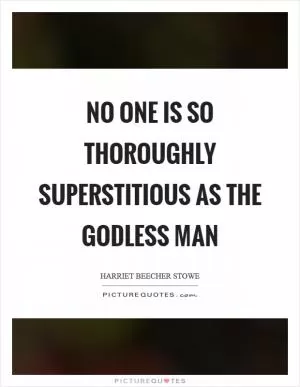

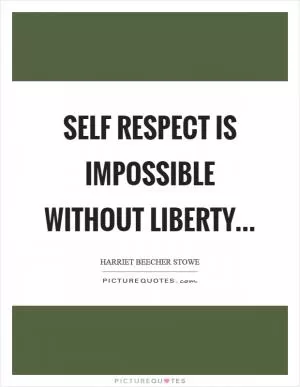
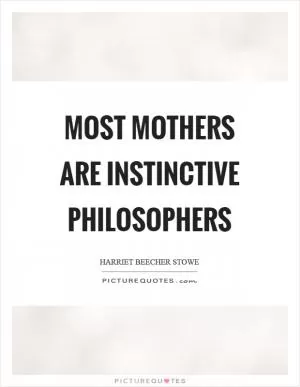


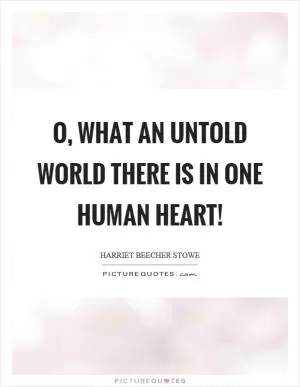
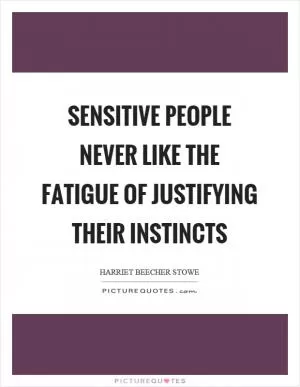

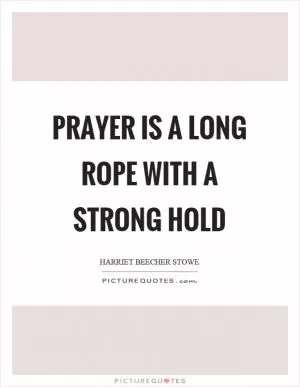


 Friendship Quotes
Friendship Quotes Love Quotes
Love Quotes Life Quotes
Life Quotes Funny Quotes
Funny Quotes Motivational Quotes
Motivational Quotes Inspirational Quotes
Inspirational Quotes